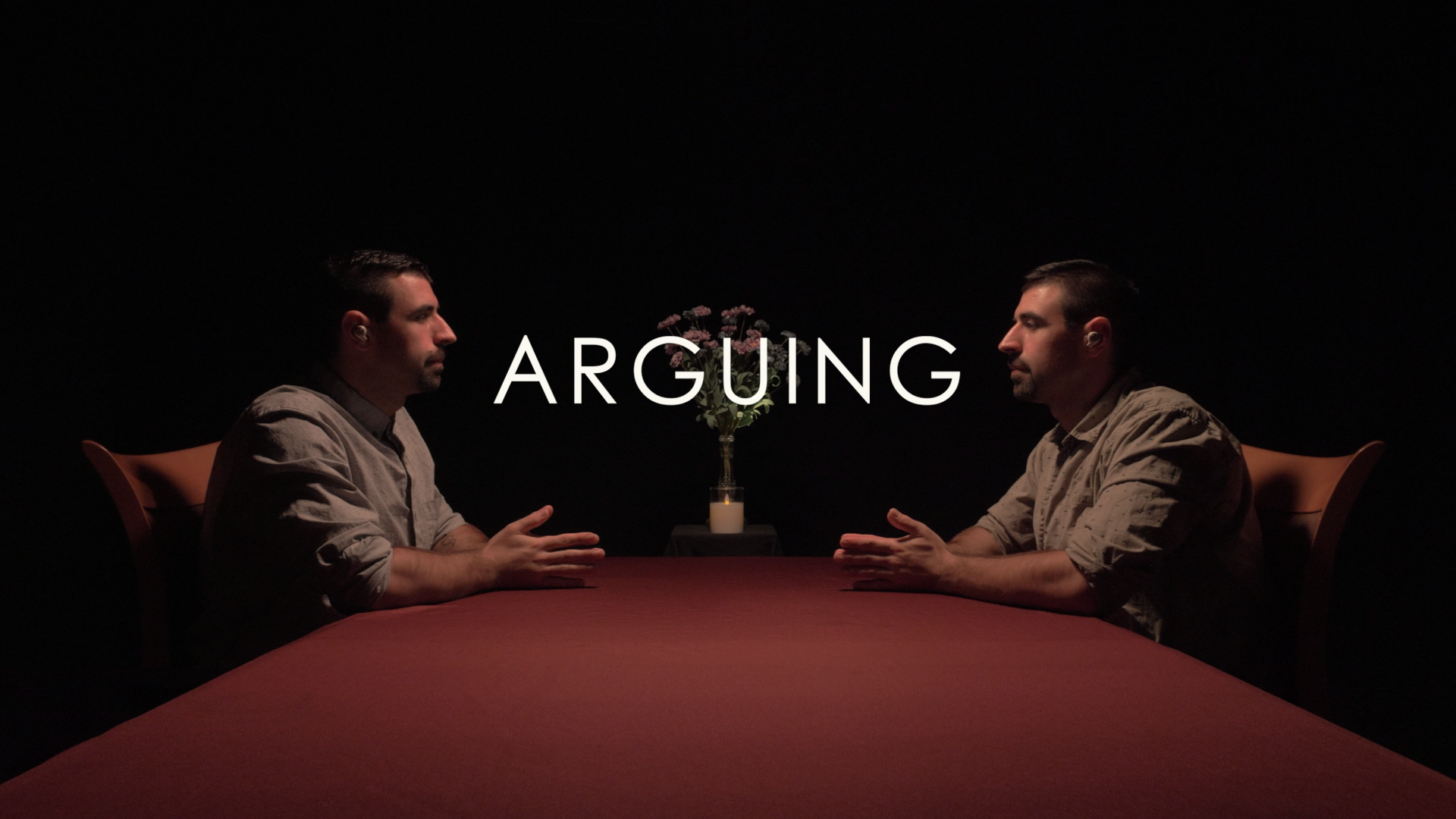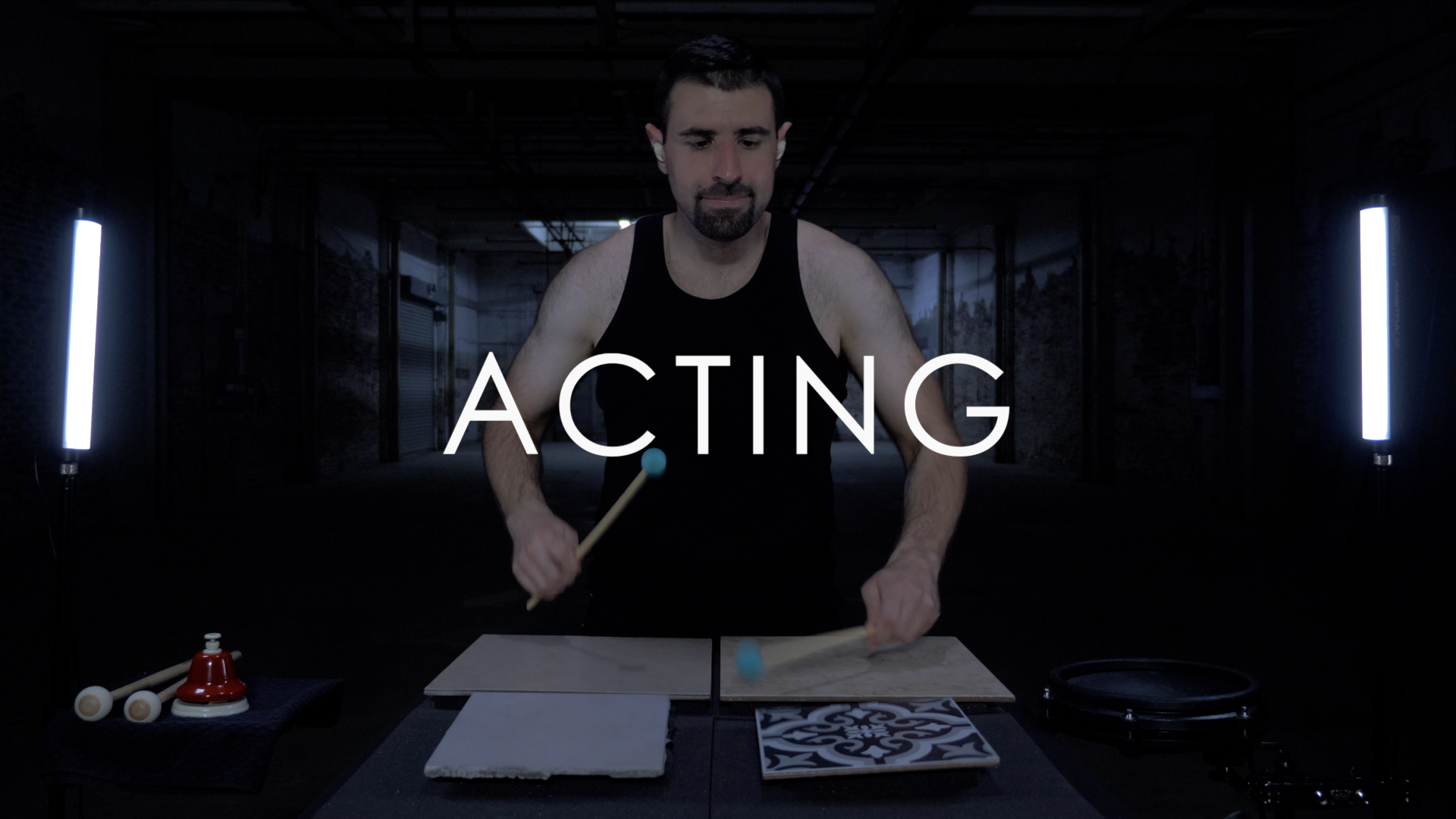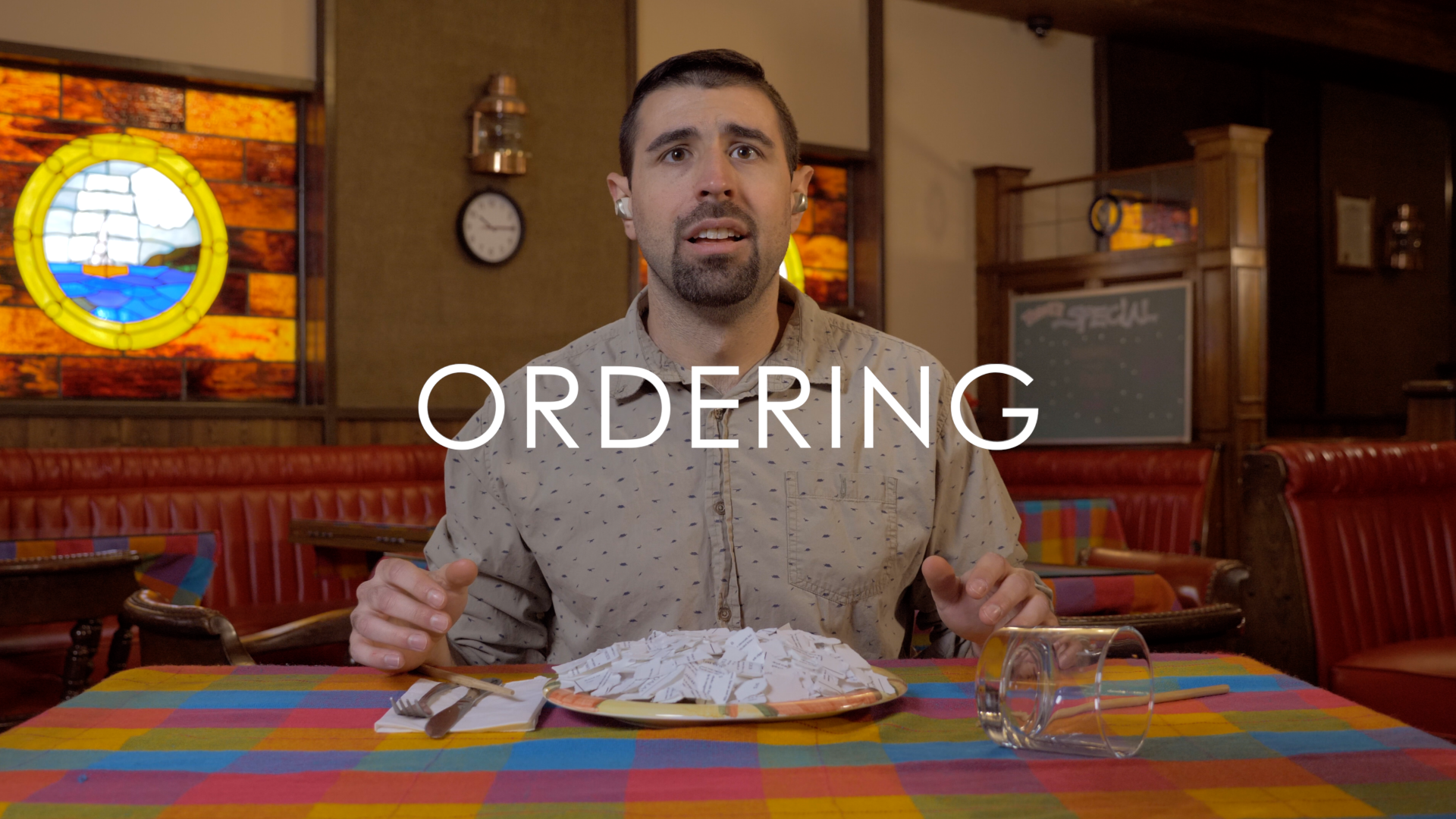Princeton Composition Portfolio
WORK SAMPLE #1
ACTIONS (2021-2023)
Solos & Duos for Performer/Percussionist
ACTIONS is a series of interconnected music videos that confront and explore the musicality of speech, communication, fluency, and stuttering.
Each movement of the series presents a different verbal or physical action that uses percussion performances, theatrical monologues, and singing as a frame to draw attention to the experience of stuttering. ‘ARGUING’ and ‘ORDERING’ reference the fear and absurdity of confrontation, ‘ACTING’ and ‘EXPLAINING’ examine the often performative aspects of stuttering, while ‘SINGING’ employs childhood speech therapy exercises as lyrics.
1. ARGUING - Video (0:22-4:52), Score (Pg. 1-6)
2. ACTING - Video (4:52-18:13), Score (Pg. 7-15)
3. SINGING - Video (18:13-23:23), Score (Pg. 16-25)
4. ORDERING - Video (23:23-27:52), Score (Pg. 26-31)
5. EXPLAINING - Video (27:52-35:10), Score (Pg. 32-35)
Excerpts Available Below
WORK SAMPLE #2
LEARNING (2023)
Chamber Sextet & Actor/Singer
LEARNING is a theatrical chamber piece in which an unpunctual singer is pitted against the ensemble.
Music forms around the singer’s tardiness, the score deceives and reroutes their expectations, the ensemble forges ahead without them, all while chasing the promise of a solo at the end of the piece…
WORK SAMPLE #3
HOW TO MOVE YOU (2024)
Singer & Mixed Ensemble
How to Move You is a song from an upcoming EP of compositions, releasing May 2024.
WORK SAMPLE #4
Broken Lovley (2019)
Mezzo-Soprano & Chamber Ensemble
Broken Lovely is scored for chamber orchestra and mezzo-soprano, taking snippets and fragments from Side 1 of American singer/actor Lena Horne’s 1962 record Lena...Lovely and Alive (RCA Victor) as a source material for exploration and exploitation. Replicants of these fragments are violently mushed together to create a micro-dose of tainted 1960’s arrangement and song.
WORK SAMPLE #5
Zarathustra Mixtape (2018)
Orchestra
Zarathustra Mixtape is exactly how it sounds: taking fragments of Richard Strauss’s masterful tone poem Also Sprach Zarathustra from 1896 and splicing, stretching, shifting, layering, and reorganizing the remains into a condensed and broken playlist.
The intent was to rediscover a dirtied and scratched recording of an extremely influential piece— reminiscent of a now defunct disk that was spun too times as a teenager—and further alter the source, toy with memory and assemblance, and pay homage to Strauss’s uniquely dense orchestration.




